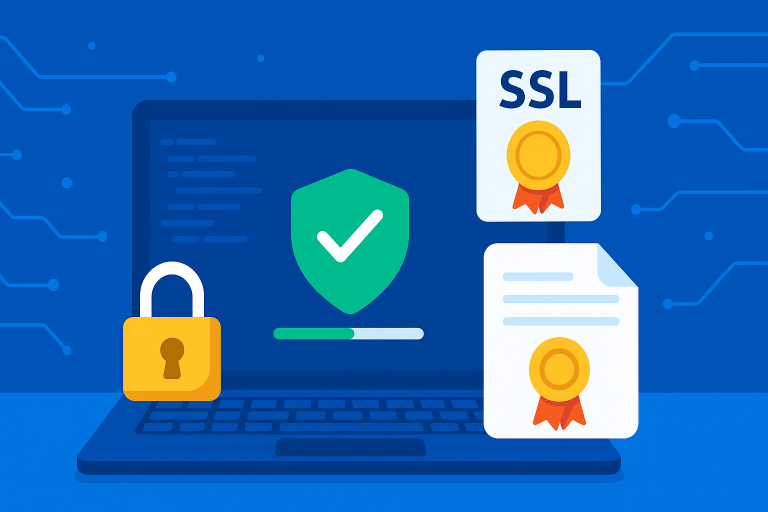A regular habit brings calm and predictability to at-home assistance while maintaining the man or woman’s critical desires. Regular schedules make it less difficult to plot meals, relaxation intervals, activities, and private care so every day has a gentle rhythm. Clear timing and quick lists of obligations reduce confusion for caregivers and for their own family members who share duties. When workouts are realistic and respectful of personal behavior, they support independence while making the workload predictable and providing opportunities for every person involved.
Daily Framework
Creating a daily framework starts with understanding one person’s typical day and adjusting support around familiar habits. Begin by noting wake times, preferred rest periods and moments when help is most useful. After those basics are clear, add simple task blocks for personal care, light activity, and social time so that each hour has a purpose. To strengthen consistency across shifts, many caregivers refer to established guidelines from Homewatch Caregivers of Novi, which help shape predictable routines that match individual preferences.
Shift Handover
Shift handovers work best when brief information is shared clearly and consistently. A short note that highlights essential updates helps the incoming caregiver begin the shift with confidence. With this structure, teams avoid confusion and maintain smooth support throughout the day.
• Brief clear notes summarise key changes and urgent items for the next caregiver to address.
• Highlighting recent mood shifts helps the incoming team plan supportive interactions more quickly.
• Listing tasks completed and those pending prevents duplication and keeps the day organised.
• Pointing out safety concerns ensures quick attention to hazards and reduces avoidable incidents.
Task Priorities
Prioritise tasks by safety and wellbeing while keeping time demands realistic for each shift. Small routines like medication timing, hydration checks and mobility assistance usually sit at the top. Next, place hygiene and dressing tasks so they occur when the person is comfortable and cooperative. Social time and light activities come after essential tasks so the day remains balanced. Plan buffer time between tasks to absorb delays without causing stress for caregivers or the person receiving support.
Shared Calendars
Shared calendars help everyone understand the daily plan without confusion. They organise tasks in one place so family members and caregivers stay informed. With clear entries, each day becomes easier to coordinate and manage.
• A shared calendar lists appointments, responsibilities and special events in one clear place.
• Colour-coded blocks signal who handles each task and provide quick visual guidance for teams.
• Mobile access allows family members and relief staff to check schedules from anywhere easily.
• Regular updates to the calendar prevent overlapping visits and help everyone plan their day.
Routine Reviews
Set regular review moments to check what works and what needs small refinement. A weekly quick review helps identify tasks that take too long or cause repeated strain. Use short notes gathered each day to spot patterns rather than relying on memory. Make minor tweaks gradually and monitor their effect over several days before adopting them fully. This steady review approach prevents major disruptions and keeps the schedule aligned with changing needs.
Family Roles
Families play an important part in keeping daily routines steady. When responsibilities are shared with a clear structure the person receiving care benefits from smoother support. Families also provide helpful observations that refine the schedule.
• Assign clear roles so relatives know which tasks they will do and when to step in.
• Encourage family members to share one or two observations each week to refine the plan.
• Simple communication rules reduce mixed messages and keep the day more predictable.
• Recognising small contributions helps families stay engaged without becoming overwhelmed.
Training Sessions
Training helps caregivers follow the routine consistently and respond to small challenges. Offer short practical sessions on safe transfers, simple communication techniques and how to spot early signs of change. Use role play for common scenarios so staff practice responses in a calm setting. Share concise checklists and demonstration videos so new team members can review steps between shifts. Regular refreshers keep everyone aligned and confident in following the set schedule.
Steady Support Plan
Regular schedules succeed when they blend predictability with respect for personal preferences. Use simple planning tools, clear communication and regular reviews to keep the routine both reliable and easy to follow. Train caregivers to follow the plan while noticing when small changes would help. Invite family input and record what works in short notes so handovers remain smooth and effective. As the routine grows more natural each day, guidance inspired by services like Homewatch Caregivers of Novi can offer meaningful direction that strengthens consistency and dependable support for the long term.







